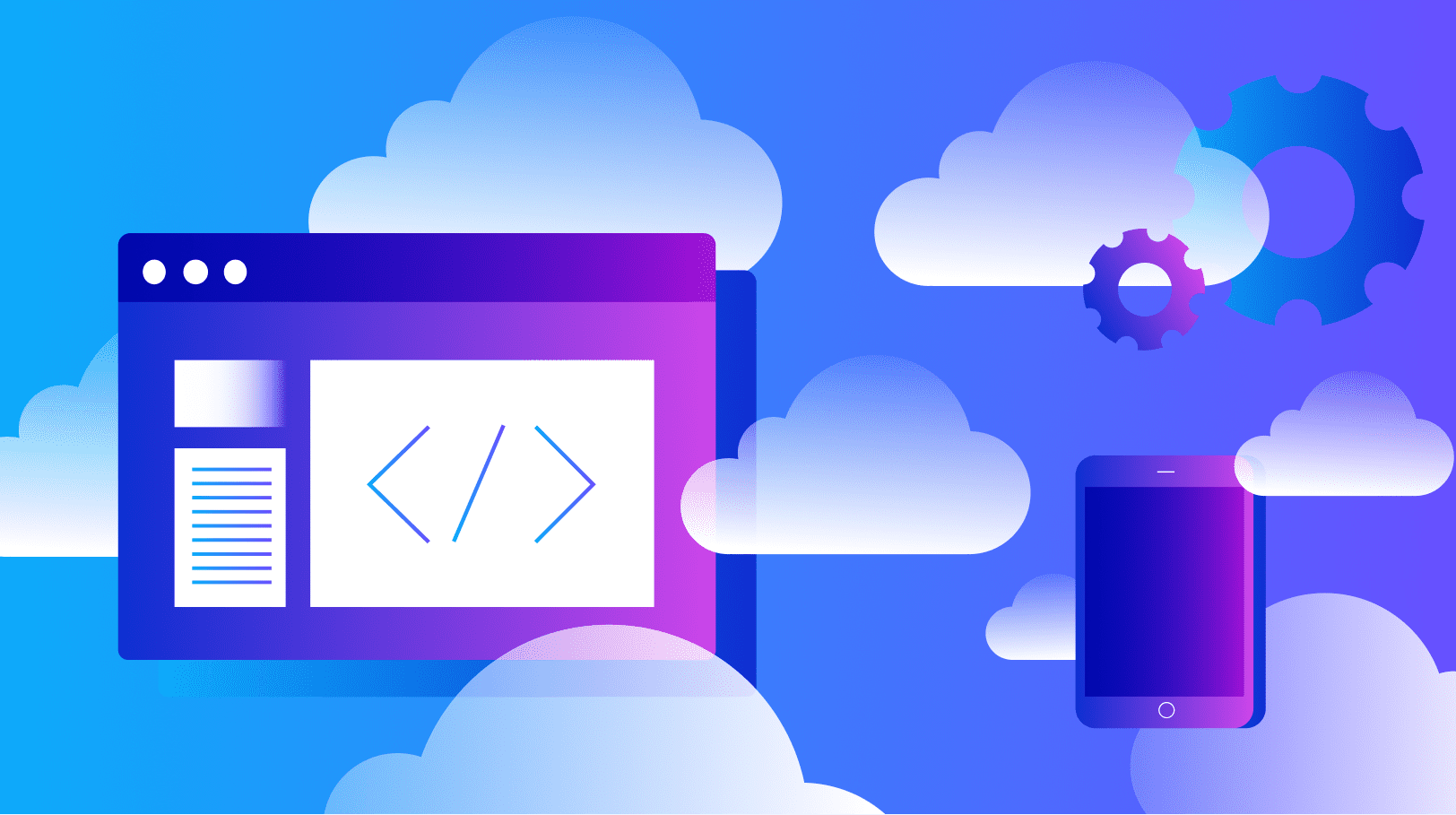Cloud-native development has emerged as a game-changer. It’s not just a buzzword; it’s a fundamental shift in how we build and deploy applications. Cloud-native development leverages the power of cloud services to offer unprecedented scalability and flexibility to developers, enabling them to create robust and efficient applications that can adapt to the dynamic demands of the modern digital world.
The Birth of Cloud-Native Development
To understand cloud-native development, let’s take a step back and look at the traditional approach. In the past, applications were developed monolithically, running on a single server or a cluster of servers. Scaling such applications required significant effort and resources. This approach often led to over-provisioning, resulting in wasted resources during periods of low demand and potentially causing performance issues during peak loads.
The rise of cloud computing introduced a paradigm shift. Developers could now leverage cloud services provided by industry giants like AWS, Azure, and Google Cloud to build applications that were truly scalable and flexible. This marked the birth of cloud-native development.
Key Characteristics of Cloud-Native Development
Microservices Architecture: At the heart of cloud-native development is the microservices architecture. Instead of building monolithic applications, developers create smaller, independently deployable services that work together. This modularity allows for easier maintenance, scaling, and flexibility.
Containerization: Containers, such as Docker, play a pivotal role in cloud-native development. They encapsulate an application and its dependencies, making it portable across different environments, from development laptops to production servers. This consistency is essential for scalability.
Orchestration: Tools like Kubernetes have become the backbone of cloud-native development. They automate the deployment, scaling, and management of containers, allowing applications to respond dynamically to changing loads.
DevOps Practices: Cloud-native development promotes a culture of DevOps, where developers and operations teams work together seamlessly. This ensures faster development cycles, continuous integration, and continuous delivery (CI/CD), leading to quicker responses to user needs.
Benefits of Cloud-Native Development
1. Scalability
Scalability is one of the primary benefits of cloud-native development. With microservices and containerization, you can scale individual components of your application independently. This means you can allocate resources only where needed, optimizing costs while maintaining high performance during traffic spikes.
2. Flexibility
Flexibility is another key advantage. Cloud-native applications can easily adapt to changes in demand, enabling you to roll out updates and new features quickly. This agility is crucial in today’s fast-paced business environment, where being the first to market can make a significant difference.
3. Resilience
Cloud-native development also enhances application resilience. With microservices, if one service fails, it doesn’t bring down the entire application. Kubernetes can automatically replace failed containers, ensuring high availability and minimizing downtime.
4. Cost Efficiency
By utilizing cloud services, you can optimize costs. With cloud providers offering pay-as-you-go pricing models, you only pay for the resources you use. This eliminates the need for costly upfront hardware investments.
Real-World Examples
Several prominent companies have embraced cloud-native development to achieve remarkable results:
Netflix: Netflix uses microservices to serve millions of viewers worldwide. They can scale up or down depending on traffic, ensuring a seamless streaming experience for users.
Spotify: Spotify leverages Kubernetes to manage its vast infrastructure. This allows them to maintain high availability, even during peak usage periods.
Airbnb: Airbnb’s move to a microservices architecture has enabled them to rapidly develop and deploy new features, keeping their platform competitive in the highly dynamic travel industry.
Conclusion
Cloud-native development represents a significant shift in how we approach software development. It’s not just about using cloud services; it’s about fundamentally changing the way we design, build, and manage applications. The benefits are clear: scalability, flexibility, resilience, and cost efficiency.
As technology continues to evolve, cloud-native development will play a pivotal role in ensuring that applications can meet the ever-increasing demands of the digital age. Embracing this approach is not just a choice but a necessity for staying competitive in today’s fast-paced world of software development. So, if you haven’t already, it’s time to take a deep dive into the cloud-native paradigm and unlock the full potential of your applications.

